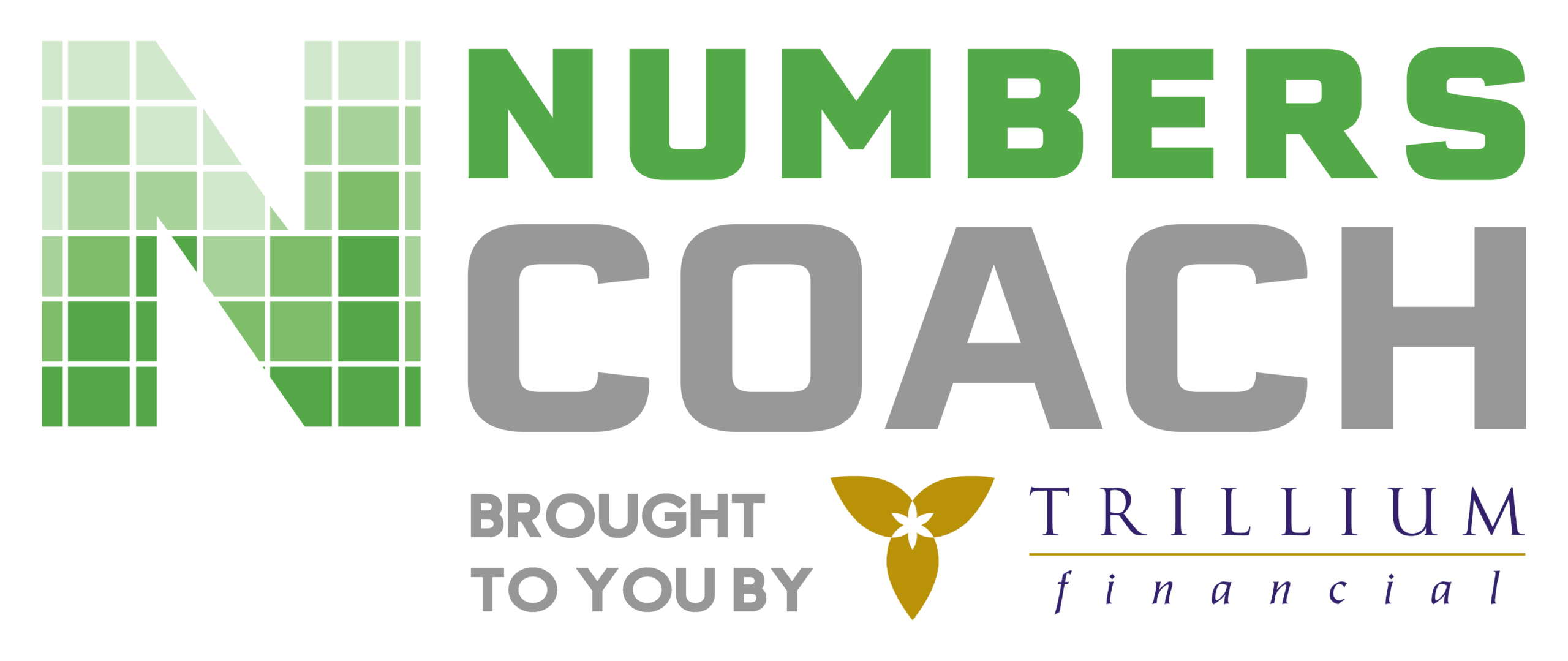In a recent article, I shared ideas on how to positively position your company’s financials, even during a slowing economy. The key is to ensure you have strong cash stores and credit availability.
Today, I will explain a management tool that helps you anticipate your near-future cash flow and identify any areas of weakness: Presenting the 13-Week Cash Flow Analysis.
You may already use software that allows you to run regular cash flow analyses. These give a more accurate picture than net profit or bank statements.
Initiate your 13-week cash flow analysis by gathering the data needed to build an accurate report:
- Current bank account and credit card balances
- Upcoming mortgage or lease payments
- Estimated cash receipts
- Estimated payroll and taxes
- Estimated operating expenses
- Any other upcoming transactions that will impact cash flow.
The integrity of the report is dependent on the accuracy of the data as well as it being correctly entered or integrated into a spreadsheet or software. For the variable revenue and expenses you estimate, be sure to keep seasonal influences in mind. And remember, you only need to record and predict 13 weeks out – it’s a short-term tool.
A report with solid data and estimates is a good indication of your cash situation over the next 3 months (or, one full quarter). But check the output against your gut: If the balance seems overly positive in any or all of the 13 weeks, review your estimates, especially sales and accounts receivable forecasts. Being overly optimistic won’t serve you well – if anything, conservative estimates will give you the padding needed to accommodate unpredictable changes. If you have the time, run worst-, best- and average-case scenarios.
If the report indicates that your company will be cash poor at points during the next 13 weeks, it’s time to review your options:
- Do you have unneeded equipment or inventory that can be sold to improve fluidity?
- Are there expenses that can be eliminated, contracts that can be renegotiated or even dissolved, or payments negotiated or delayed?
- Is it time to implement a collections push?
- Is your billing and collections process quick and accurate?
- Are there any loans available to the business?
Once it is set up, maintaining cash flow history and projections is easy. Monitor and update the report weekly, and review your historical projections against actuals to improve your modeling accuracy.
Cash and cash flow are critical to successful operations, and utilizing 13-week cash flow analyses will help you identify gaps and become better at anticipating your future cash needs to keep your business steady. So make proactive cash flow analysis one part of your flexible, resilient business, whether the economy and your customer demand are swinging up, down, or somewhere in between.
